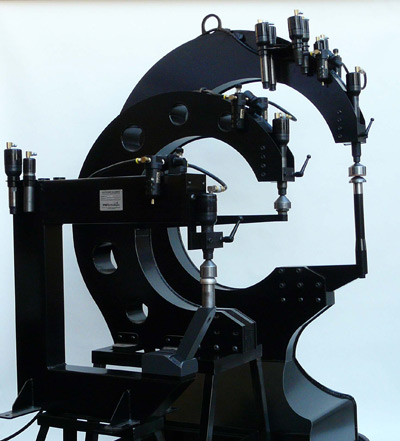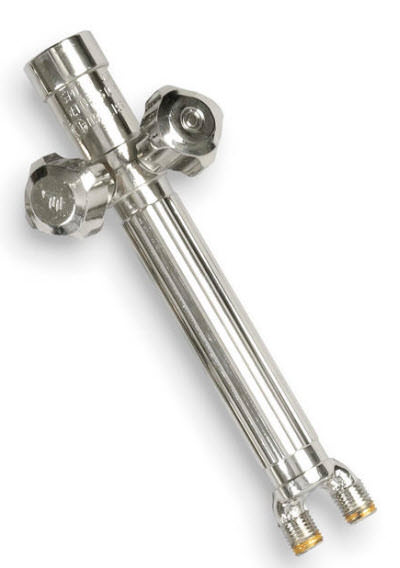This is my favorite torch, well this and the Smiths AW1A. Both are really light and feel good in your hand. The Meco with the ultralight hose feels no heavier than a feather. Maybe not a feather but it is light.

Meco has enough tips and handles that you can weld 1/4" or thicker steel or aluminum. As does the Smiths. Years ago I bought a DHC-2000 (Henrob) pistol grip torch as I heard a lot of talk about how good it was. While the torch comes complete with tips and cutting accesories I find it awkward and heavy. It does cut nice though. It is very expensive and if I had to do it again I would not have bought it.
Meco
TM Technologies: Tools, Sheet Metal Shaping Machines, Gas Welding Supplies, Articles & lWorkshops for Better Metalworking
www.tinmantech.com
Smith(s) AW1A (airline) torch
Smith® Torch Handle - Light Duty AW1A (Versa-Torch)Smith AW1A torch handle is an easy handling, high quality small-size torch handle. Cuts up to 3", welds up to 1/2". Features rugged silver brazed construction, forged brass butt and precision machined brass head. Ball type needle valves reduce...

store.cyberweld.com
Personally I prefer a TIG for steel as you have more control over the heat and the welds planish just as nice as with O/A. With AL sheet, using the torch gives really awesome results once you master the learning curve. Kent White (TM Technologies) has 3 great videos on how to weld AL sheet with gas.
MIG welds are hard because of the carbon content of the shielding gas. The weld gets carburized to some extent when using a MIG.
@Lizer I'm surprised that you had excessive warping seeing you were using the method I described above. I will say that every panel is different and some steel and panels seem to walk more than others. My guess is that where the joint is is the absolute worst place to actually weld on that panel. IDK. Doing it the way I described you should be able to weld it with a minimum of warpage/shrinkage but IDK. Did a 70 Chevy once where it went crazy when I was trying to patch a spot. Same spot same model truck (different truck() a couple of years later it welded near perfect.
Can you get a large patch and weld it in a higher crown area? When you are trying to get the job done it's probably not practical fro you to try and learn a whole new skill set. If you could get in a higher crown area or near a body line that would help when trying to do it with the MIG. My other thought is that if you can fasten a copper backing plate with either the comercial ones available or something you make, then you could do the tack method and it would pull enough heat out that it should not warp much at all.
You aren't blowing compressed air on the welds after you do a spot are you? That will make it shrink even more.


